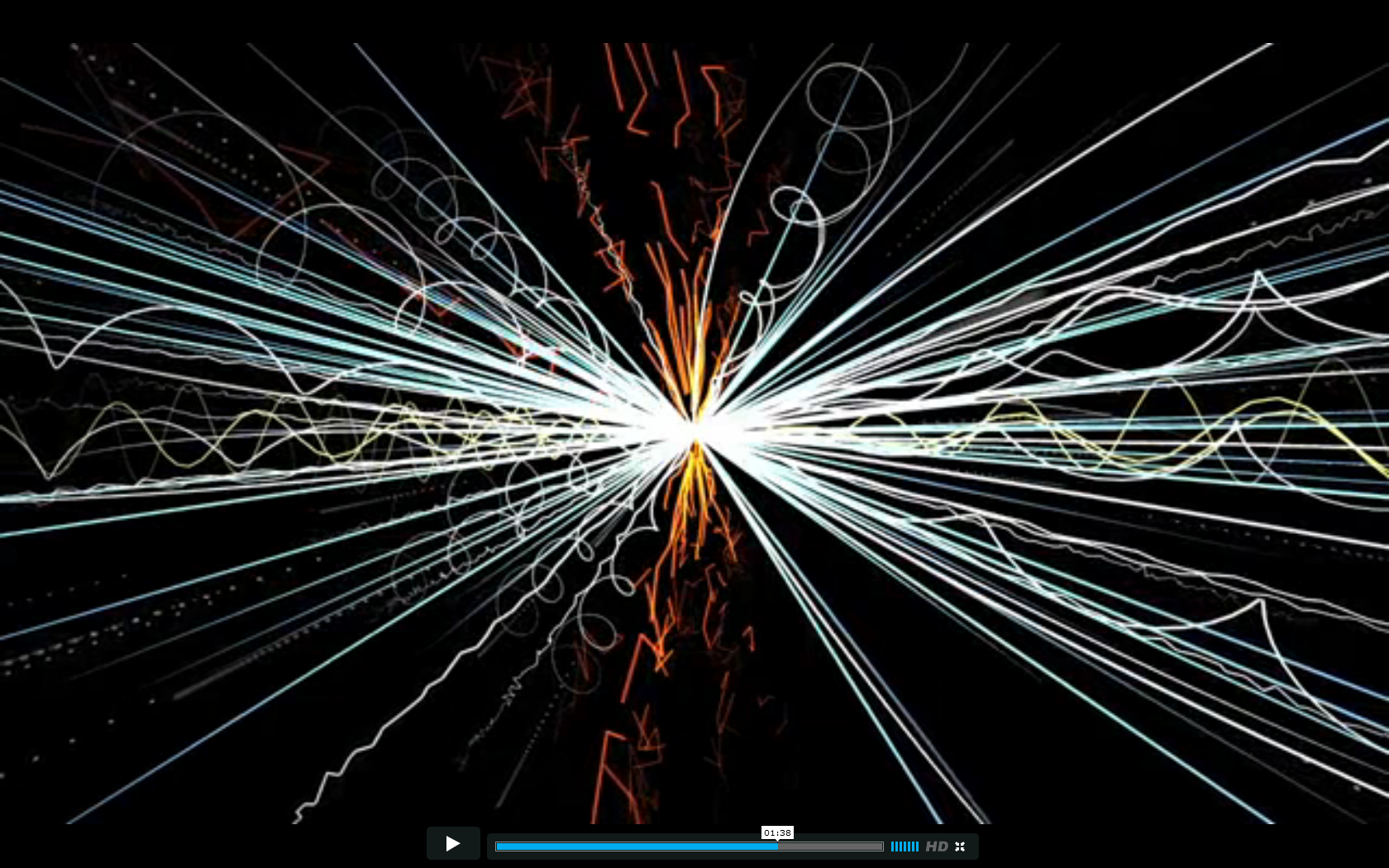About particle accelerators
About Particle Accelerators
Why is it that High-Energy Physicists seem to have a penchant for smashing things? Imagine you have a clock, and you’re interested in finding out what’s inside and how it works, in much the same way that High-Energy Physicists are interested in finding out the inner workings of sub atomic particles. The obvious solution is to grab a screwdriver and open up the clock. But what if that clock is very small, smaller even than any screwdriver it is possible to make? The only way now to open up this tiny clock is to grab a hammer, smash it, study what comes out and try and piece the clock back together to figure out its inner workings. This is essentially what is being done by High-Energy Physicists around the world as they smash subatomic particle into their most fundamental parts using the world’s largest hammers, particle accelerators.
Particle accelerators are all based on the simple idea that a charged particle in a potential difference (voltage) will be accelerated across that potential difference. This acceleration is analogous to the acceleration of a mass as it falls towards the earth when dropped. One could think of the acceleration of a charged particle in a potential difference as the particle ‘falling’ through a potential difference.
In 1911 Ernest Rutherford discovered the atomic nucleus in an experiment where he fired a beam of alpha particles, emitted by the radioactive decay of Radon, at a Gold foil. In a speech to the Royal Society of London in 1927, Rutherford challenged the scientific community to accelerate charged particles to energies greater than that of natural radioactive decay in order to disintegrate atomic nuclei. It took many years for Rutherford’s challenge to be met and one of the first major breakthroughs came from two scientists from the Cavendish Laboratory in Cambridge, John Cockcroft and Ernest Walton, who, using their particle accelerator to accelerate protons, were able to disintegrate a Lithium nucleus. Since the first accelerators were developed, particle accelerators have taken many forms to overcome the various hurdles that High-Energy Physicists have encountered on their quest for ever more powerful collisions.
For more information see;
+ Particle accelerators in various shapes and sizes
+ Interactive timeline showing development of particle accelerators and associated discoveries
An interesting analogy: the 'wordcollider'Click here to see a metaphorical video of the collision of two phrases. In this video the phrases represent particles that are collided by particle accelerators. |
|
|
In this example the words are broken into their constituent parts, letters, much like particles are broken into their constituent parts in a collision in a particle collider. In a collider, large detectors detect particles from a collision which are shown on the detector readout systems as tracks, with a unique track being left by each of the different particles. In this video, letters leave different tracks depending on their type, to give a rather beautiful, non-technical analogy of what happens in a particle collider. Image credit: vimeo.com
|
|

